Sverdlovsk willow twisting

Looking at the spectacular Sverdlovsk willow, there is a desire to apply it in landscape design. Willow crown shapes are suitable for every taste, which attracts designers. Growing, the tree takes up a large area, so it is important that the site is spacious enough. From the article you will learn what work will have to be done to care for the willow, how to plant it, and what pests it has.
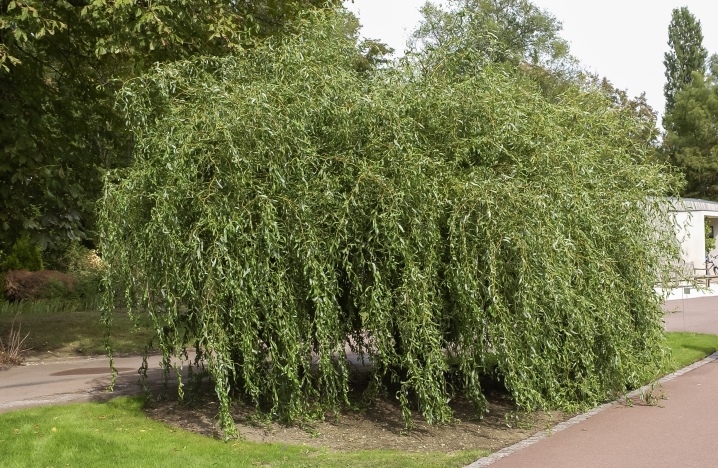
Description
Each hybrid willow of the Ural selection differs in appearance and agrotechnical characteristics. The culture appeared in the Cretaceous period (it began about 145 million years ago) and existed along with dinosaurs. Today, there are more than 170 species of willow on the planet, growing on all continents. Different varieties began to be actively used in landscape art by designers in England in the 19th century. The plant has a branched root system that perfectly strengthens the banks.
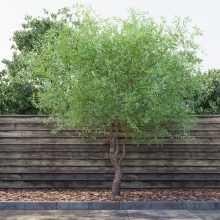

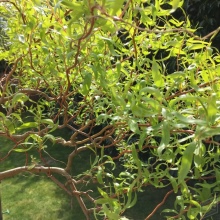
Types of Sverdlovsk willow
Weeping
One of the most stable and monumental willows. It grows quickly, and its strong trunk does not need a garter (maybe only in the first year of planting). The tree grows up to 7 meters (sometimes up to 10). By autumn and winter, the sunny side of the plant takes on a brown hue. Her flowering is plentiful, but does not differ in color, since the variety has mixed earrings: male and female. The foliage shines with a satin sheen.
Weeping willow loves sunlight, prefers fresh and fertile soil. This view looks amazing in an open space, where it can show itself in all its glory.
Interesting fact. Many artists enjoy painting willow on their canvases. She is in the paintings of such outstanding artists as Claude Monet, Vincent Van Gogh, Ivan Shishkin.
Willow undoubtedly attracts attention in the picture, differing in contrast and brightness.
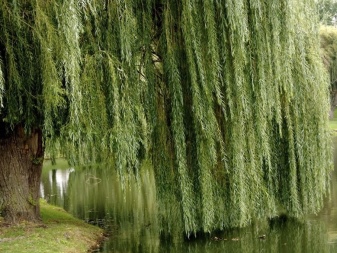
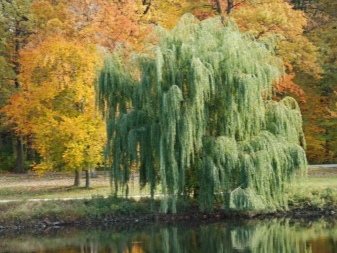
Sinuous
The series of twisting willows is very interesting. It can be planted near a natural or artificial reservoir - it perfectly complements the landscape. Twisty willow is not demanding to care for, and its weeping root looks very graceful. Saplings can be sold under another name - "curly". The name is directly borrowed from the exterior of the winding willow: it has characteristic curly, like curls, branches. The height depends on the specific variety and ranges from 2 to 12 meters. Its varieties are favorably distinguished by frost resistance.
For reference: the crown of the Sverdlovsk willow can be of various shapes - spherical, weeping, spreading, pyramidal.
Dwarf willows, which have long won their love, are popular with designers and gardeners.
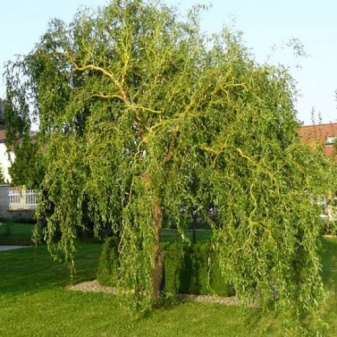
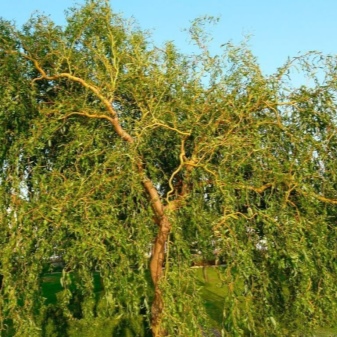
Landing
In Russia, the sinuous willow is especially popular. Wherever it grows, the willow brings peace and harmony to this place. A tree of this type is perfectly formed by pruning, with the help of which it can be given the desired shape. Planting a plant with decorative properties will transform any territory. Variations of this species are bonsai.
A spectacular tree can be grown from a young seedling, but it needs proper care. Leaving, like planting, is not a big deal, the main thing is to decide where the willow will be. It is advisable to plant it in an area well-lit by the sun. Almost all willows need an abundance of moisture, so it is recommended to plant the Sverdlovsk willow near a reservoir.The first stage includes cutting the cuttings, after which they are dropped into the ground and maintain high moisture levels.
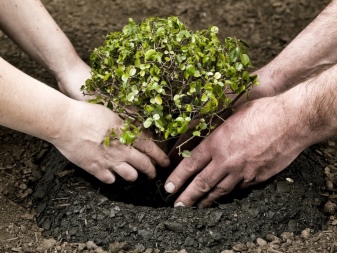

After the root system is formed, the cutting is ready for transplantation to a permanent place. Before planting, you need to dig a hole in advance and fertilize the soil. Manure or compost is suitable for this. In the case of heavy soil, additional sand is added. The stalk is planted up to 15 cm deep.
Until the plant develops a powerful root system, it needs careful watering. It is worth considering that 2-year-old plants are harder to tolerate a transplant.


Care
Caring for the Sverdlovsk willow tree includes pruning, which should be carried out annually, and crown formation. If you do not follow these rules, it will quickly thicken. A cosmetic haircut can give a twisting plant a different shape. Caring for the plant is quite simple, since the willow is unpretentious, does not get sick and is practically not attractive to harmful insects.
Basic rules of care.
- The branches should be cut in early spring. In summer, only cosmetic pruning is performed.
- Every spring and autumn, it is advisable to treat willow with anti-fungus agents.
- The plant does not need to tie up branches and install supports - this makes them dry.
- Watering the tree in autumn and spring should be done 2 times a month, but only if there was no rain. In very hot weather, watering can be done weekly.
- Immediately after the soil warms up, you need to apply organic mineral fertilizer. In summer, it is advisable to have time to apply fertilizer before mid-July.
- Loosening of the soil occurs in spring, summer and autumn.
- Pruning is carried out in the spring. All broken and damaged shoots are cut out, after which the formation takes place.
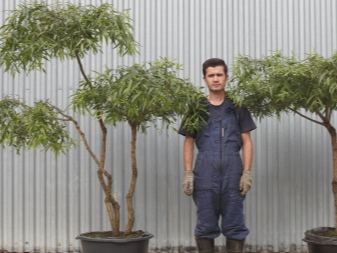
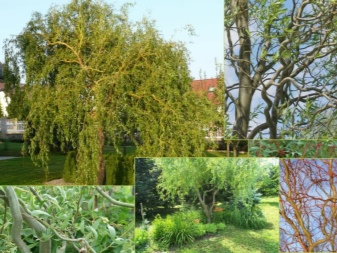
Reproduction
Like all willows, twisting willow is an undemanding plant in reproduction. To do this, a twig is simply stuck into the moistened ground. You can break a branch and put it in water to take root. After that, the plant can be planted.
Cuttings can be cut until the end of August, starting in spring, keeping to a thickness of 2 cm in diameter and 30 cm in length. Cuttings are taken immediately with a sufficient amount of moisture - any kind of willow can be propagated.
The plant is great for those occasions when a green fence is required, but it is recommended to cut the crop and intertwine the branches in time.
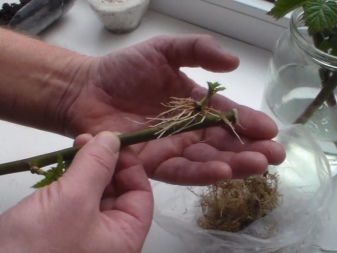
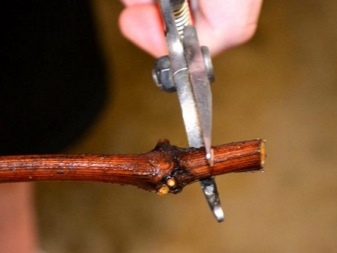
Diseases and pests
The plant is slightly affected by pests and fungal diseases, but you should still periodically process the trunk circle for prevention. This is done by loosening and digging in the fall. Moreover, in addition to loosening, it is advisable to apply fertilizers. Dig up the soil no more than 10 cm deep. In the summer, this procedure is carried out 2-3 times.
After rain, loosening the soil is a great idea as the moisture evaporates slowly. In autumn, loosening occurs in October, after which a thick layer of peat is used for mulching.


Willow culture is damaged by about 37 pests. Experts recommend catching pests and removing damaged branches in a timely manner. Depending on the type of insect, a certain method of dealing with it is used.
For example, to get rid of willow leafhoppers, the larvae are collected by hand, and the adults are captured. Catching is carried out using material abundantly greased with tar. It is placed near a tree, after which the leafhoppers are scared away from the shoots with a net. The willow leaf beetle is caught with prepared traps coated with caterpillar glue.
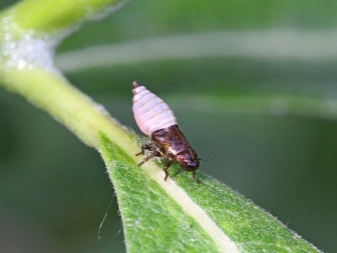
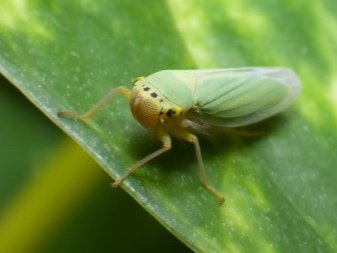
Application in landscape design
The sinuous willow looks great, no wonder it is used in landscape design. These trees look beautiful even in winter. Sverdlovsk varieties are adapted for life in areas with prolonged cold weather. Their distinctive features are decorativeness and vitality. In the sun, the color of the bark turns brown, and the crown can have an oval or pyramidal shape.
Trees can be located both alone and make up whole compositions, located near other plants.

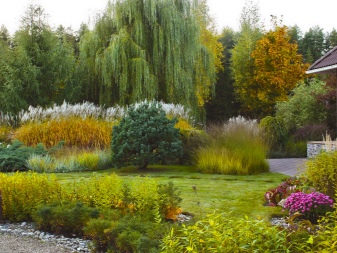
A tall winding willow with weeping branches looks very attractive. It is ideal for planting by a pond or other body of water. She also looks advantageous against the background of a neatly trimmed lawn. In parks, hedges accentuate the paths. In addition, the dense crown can serve as a wonderful shelter from the sun. Willows are popular in parks, gardens and home gardens.


It is believed that willow is a tree that can drive out evil spirits and provide protection from unkind people. Whether this is so, it is up to everyone to decide for themselves. There are even no objections to the decorative properties of the sinuous look - the plant is spectacular and capable of decorating any territory.
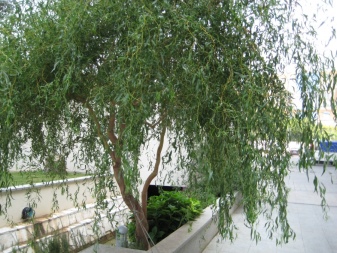
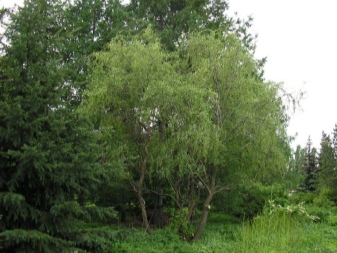
You can find out how to properly grow a willow from the video below.



































































The comment was sent successfully.